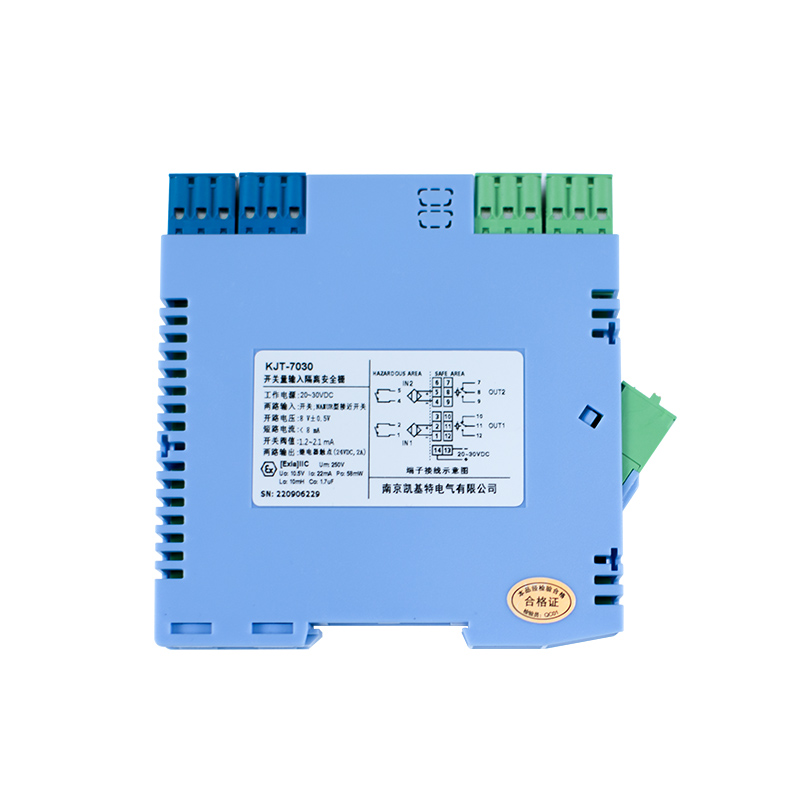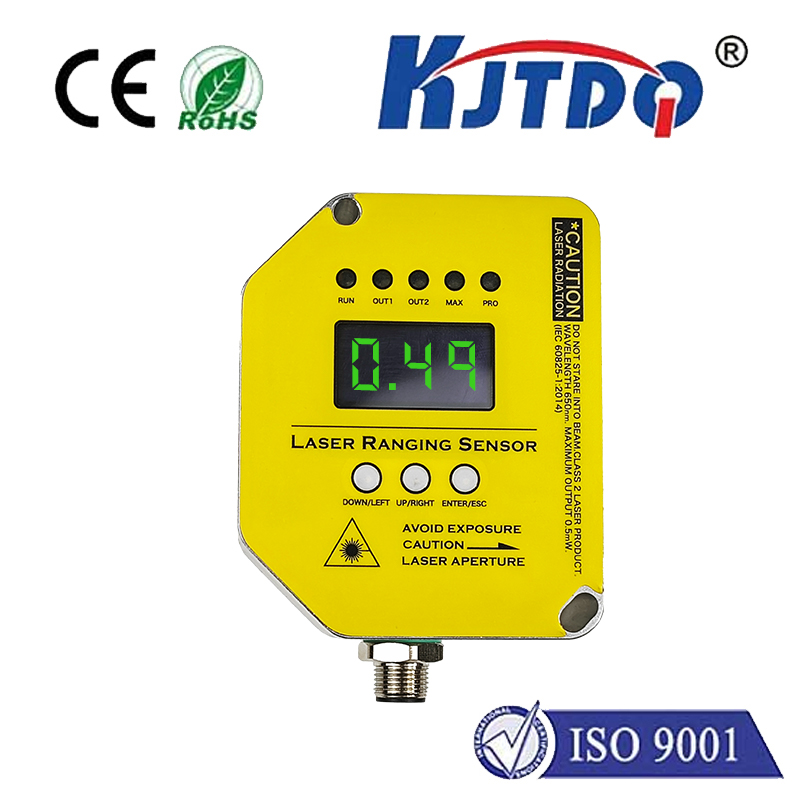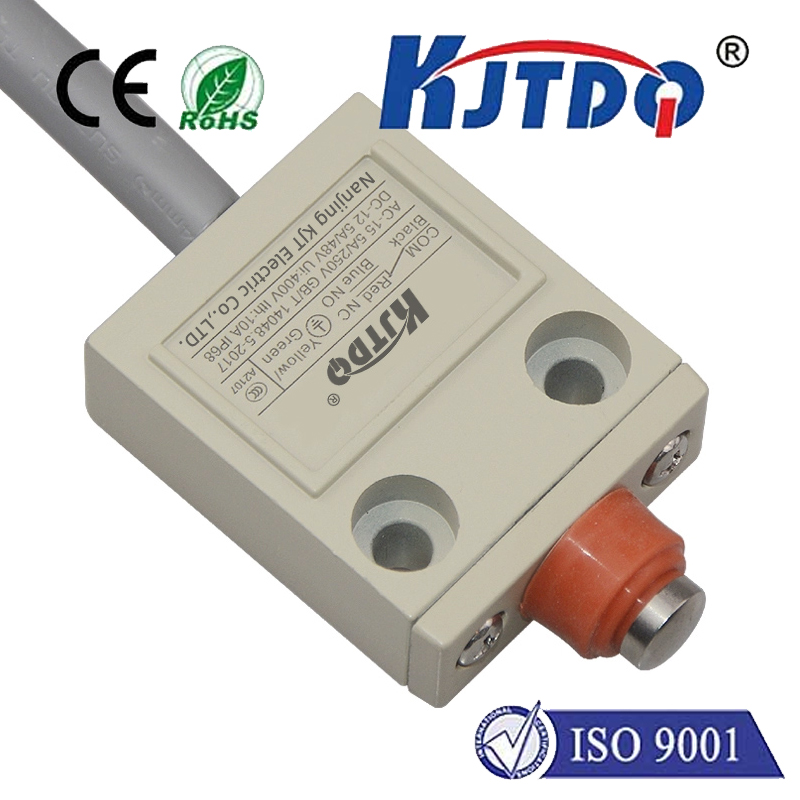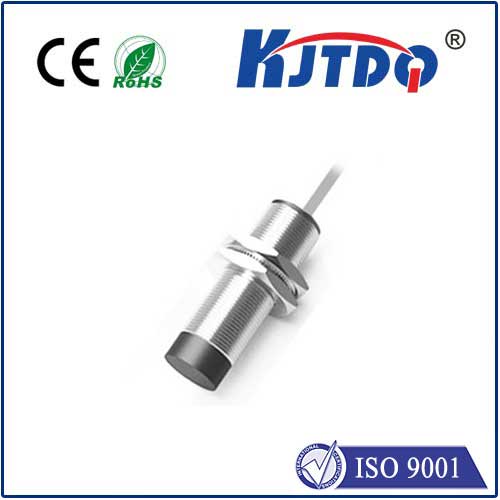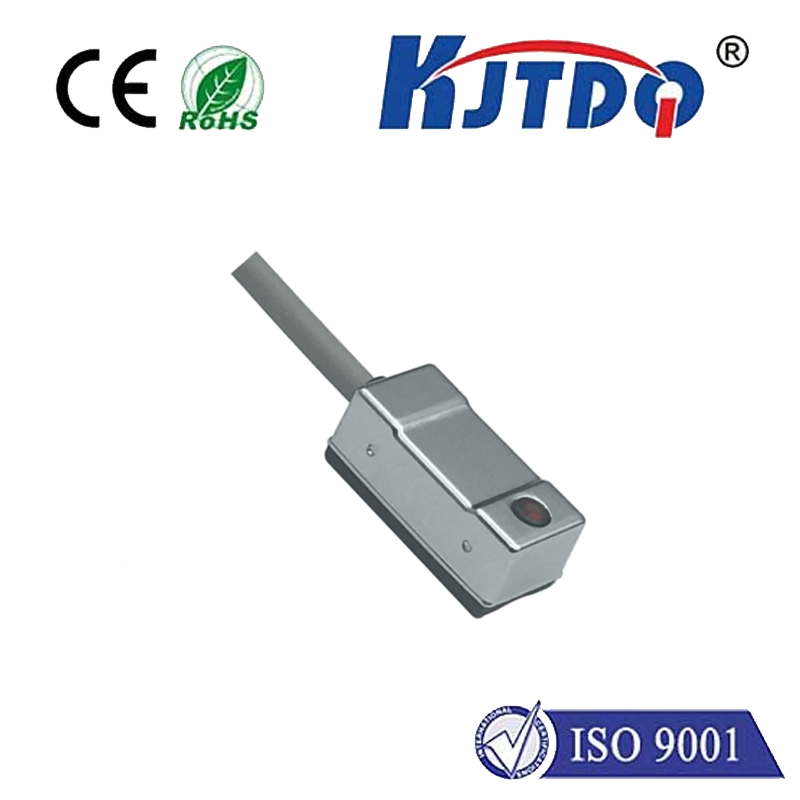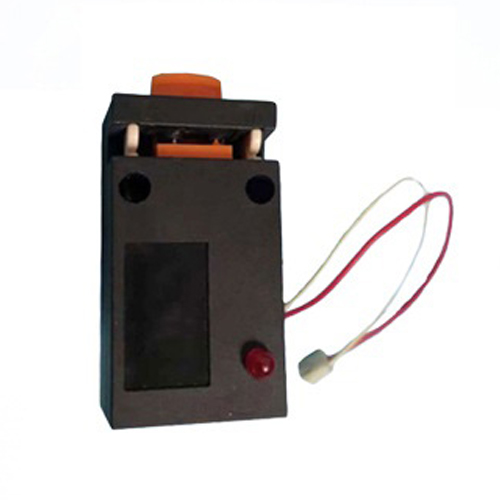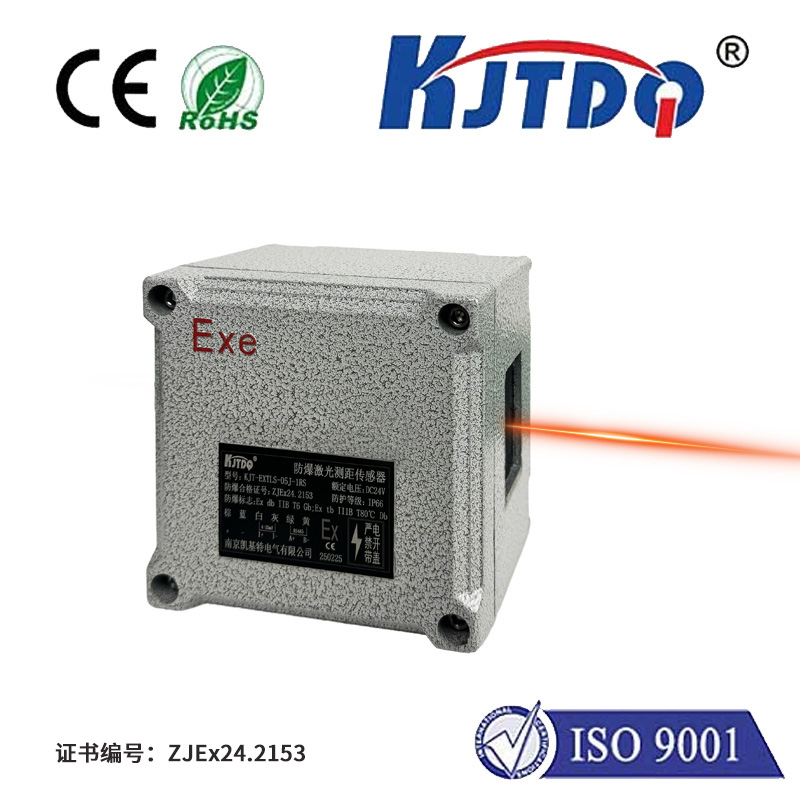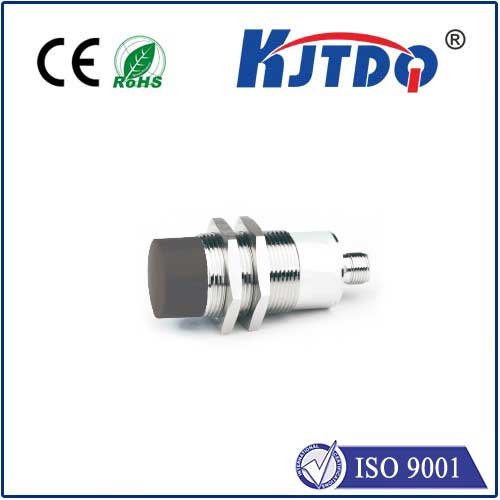

check

check

check

check
Imagine a high-speed robotic arm precisely welding a car chassis, or a CNC machine carving intricate metal parts with micron-level accuracy. Hidden within these feats of engineering are unsung heroes: inductive proximity sensors. These robust, reliable devices are fundamental to detecting movement, specifically the position and displacement of metallic targets, enabling countless industrial processes. But how exactly do these non-contact marvels translate metal movement into critical control signals?
At their core, inductive sensors operate on the principles of electromagnetic induction, discovered by Michael Faraday. A sensor contains a coil wound around a ferrite core. When an alternating electrical current flows through this coil, it generates an oscillating magnetic field radiating out from the sensor’s face. This is the sensor’s active zone. Crucially, this field exists without needing physical contact with any object.
The magic happens when a conductive, preferably ferrous metal target moves into this magnetic field. The changing magnetic flux induces swirling electrical currents within the target material – known as eddy currents. These eddy currents aren’t random; they generate their own opposing magnetic field, which interacts with the original field generated by the sensor’s coil.

This interaction has a measurable effect: it dampens the amplitude of the oscillation in the sensor’s coil circuit. Essentially, the energy loss caused by the eddy currents reduces the strength of the initial oscillation. Sophisticated electronics within the sensor continuously monitor this oscillation amplitude. When the damping effect caused by the approaching metal target reaches a predetermined threshold – signifying the target is within the specified sensing range – the sensor’s output state switches. This switch is the critical signal: “Target Detected” or “Target Position Reached.”
Detecting movement translates to continuously monitoring this proximity state. Consider these common applications:
Why are inductive sensors so dominant for metal movement detection in harsh industrial settings? Their advantages are compelling:
While primarily designed for metals, the effectiveness varies. Ferrous metals (like iron and steel) induce the strongest eddy currents and offer the longest sensing ranges. Non-ferrous metals (aluminum, brass, copper) also work but require sensors specifically designed or adjusted for them, typically offering shorter ranges. Non-conductive materials (plastic, wood, ceramic) generally do not trigger standard inductive sensors.
Understanding the fundamental principles – the generation of an oscillating magnetic field, the induction of eddy currents in conductive targets, and the resulting damping effect monitored by the sensor’s electronics – reveals how these indispensable devices sense the movement of metal objects. From confirming the simple presence of a part to enabling complex motion control and precision measurement within automotive assembly, packaging lines, machine tools, and beyond, inductive proximity sensors remain a cornerstone technology for reliable movement detection in the automated world. Their ability to perform consistently in challenging environments, where other sensing technologies might falter, ensures their continued relevance in driving industrial efficiency and precision. This non-contact principle provides the robustness and longevity essential for modern manufacturing’s demanding rhythm.
